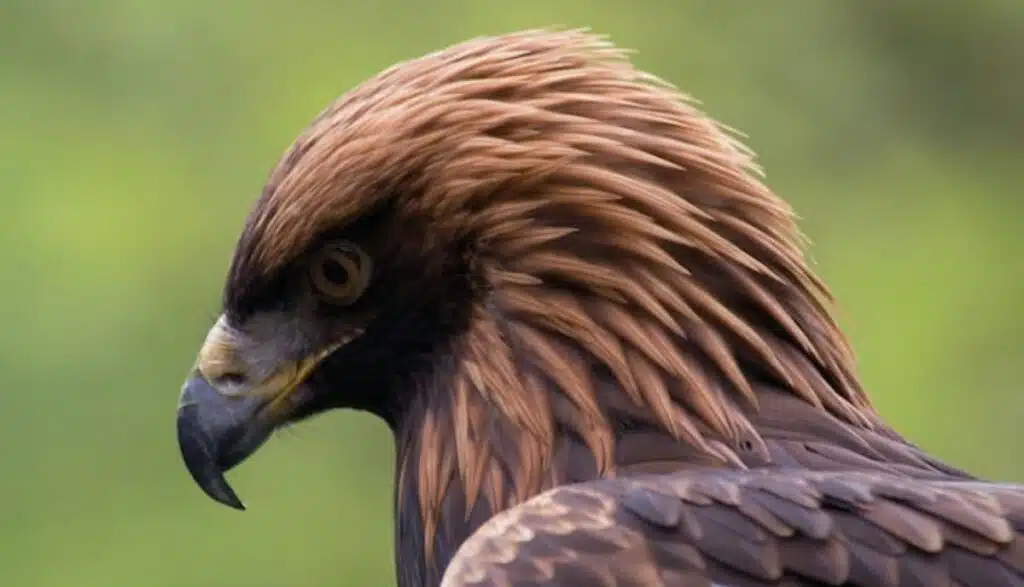Birds provide an intriguing and varied window into the wonders of evolution and environment. One really amazing bird among the many that adorn our sky is the Hancock Bird. We examine the features, habitat, behavior, and importance in the avian world of the Hancock Bird in this thorough investigation.
Origins and Discovery
The pioneering work of naturalists and ornithologists who traveled to far-off places in quest of new species is where the Hancock Bird saga starts. The Hancock Bird, so named for the well-known naturalist John Hancock. Who initially recorded its existence in the thick Amazonian woods, immediately sparked scientific interest.
Read More: waterwaysmagazine.co.uk
Physical Characteristics
A delight to behold, the Hancock Bird is distinguished by its brilliant plumage and elegant manner. In the setting of its natural habitat, its sleek body painted in shades of azure, emerald, and gold makes a dramatic impression. Its long tail feathers, like a delicate fan, add to its charm, and its thin beak is made to extract nectar from flowers.
Habitat and Range
Mostly found in the tropical rainforests of South America, the Hancock Bird flourishes within the thick canopy. Rich foliage and a profusion of blooming plants are their preferred habitats. Which offer these amazing animals plenty of food and cover. The Hancock Bird has made a home in some of the most biodiverse places on Earth, from the thick rainforests of the Amazon basin to the mist-covered Andes mountains.
Behavior and Diet
Testifying to its flexibility, the Hancock Bird displays an interesting and intricate variety of behaviors. Being mostly nectarivorous, it lives on the delicious nectar of flowers, which it extracts with its unique tongue. It shows opportunistic eating behaviour by combining nectar with tiny insects and larvae in its diet.
Breeding and Reproduction
Male Hancock birds put on elaborate wooing displays to draw partners during the breeding season, which falls around the start of the rainy season. These shows highlight the male’s genetic quality and fitness and frequently include aerial acrobatics, elaborate plumage displays, and musical vocalizations. Following selection of a mate, the female builds a tiny, cup-shaped nest of moss, spider silk, and plant fibers in which she deposits a clutch of eggs.
Conservation Status
The Hancock Bird, for all its captivating beauty, is endangered by a number of factors, chief among them habitat loss and fragmentation. Deforestation brought on by logging and agricultural expansion seriously jeopardizes the integrity of its habitat. Bringing this famous species dangerously close to extinction. Hancock Bird survival and its place in the natural environment depend on conservation measures such as habitat restoration. Protected area designation, and community-based projects.
Cultural Significance
The Hancock Bird is significant not only ecologically but also uniquely in the cultural legacy of indigenous people all over South America. Loved for its beauty and meaning, it is a powerful emblem of life, rebirth. Harmony with the natural world and is used extensively in traditional folklore, art, and rituals. Through honoring and protecting the Han-cock Bird’s cultural value, we pay tribute to the complex web of centuries-old human-bird interactions.
Conclusion
The Hancock Bird is a symbol of the beauty, tenacity, and interdependence of the natural world in the complex tapestry of life. It is a moving reminder of the wonders that abound for people. Who enter the world of birds with its vivid plumage, complex habits, and cultural relevance. It is up to all of us as custodians of this earth to make sure that next generations can still be in awe of the Hancock Bird and all the wonders of the bird world.




